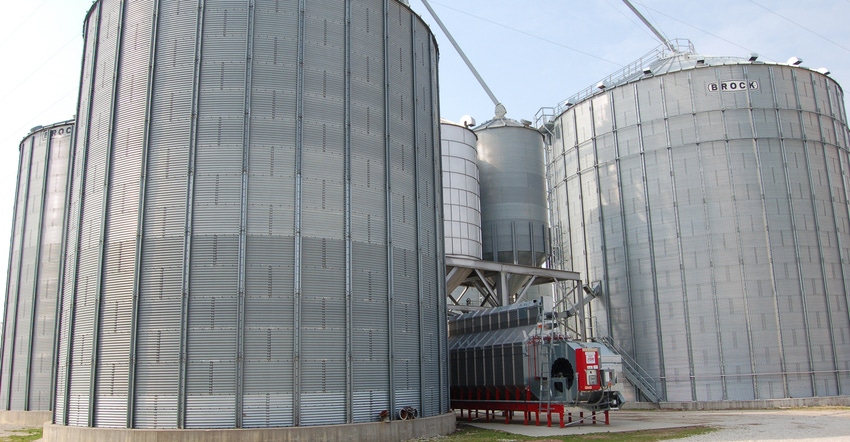November 10, 2020

We have storage capacity for 200,000 bushels of corn, and we’ve left room for more bins. We were short nearly 100,000 bushels of room in 2020 and will pick up another 400 acres for next year. Is this the time to borrow and invest in more bins? Does it look like storage will pay over the next couple of years?
The Profit Planners panel includes David Erickson, farmer, Altona, Ill.; Mark Evans, Purdue University Extension, Putnam County, Ind.; Jim Luzar, landowner and retired Extension educator, Greencastle, Ind.; and Steve Myers, farm manager, Busey Ag Resources, LeRoy, Ill.
Erickson: It appears that you have already made the conscious decision that on-farm drying and storage works for your operation. A systematic approach to increasing capacity makes the most sense to me, given the right financial position. You know what current commercial rates for drying and storage are for you. Compare those costs to the investment required to build more at home.
Evans: If you were half short of your existing capacity for this year, you need to start increasing bin capacity as you pick up an additional 400 acres. Compare the prices of your other options. Though commodity prices are low currently, the storage would provide opportunity for action during upward price volatility. Another benefit is that financing rates are currently very low, which helps make the addition of storage more feasible.
It is very difficult to predict whether storage will pay over the next couple of years. Markets are driven by weather and geopolitical factors that can be volatile and unpredictable. Certainly, having storage gives you more options. With good marketing skills, you have greater profit potential.
Luzar: Employ the services of a professional who specializes in working through details of grain handling systems. More storage may require more changes to your drying and handling configuration. A consultant can help you plan systems and avoid costly retrofitting.
Returns to storage are primarily earned through appreciation of basis, enhanced market outlet choices and improved harvest logistics. Purdue University and University of Illinois Extension have tracked historical basis, so you can study basis patterns within your local cash market area. Try to capture a value for that marketing flexibility to evaluate investment. Nobody wants to slow harvest down to haul an extra hundred loads of grain to market. But try to budget a per-bushel benefit. Again, a consultant would be in a position to assist you in developing a realistic projected return.
My experience with clients is that a growing farm needs more bin space than assumed, hence the need for forward planning. A larger bin could lower investment by as much as 50 cents per bushel. Borrowing for the project entails evaluation of your cash flow and financial condition. Many bin expansion plans have paid for themselves in more of an intermediate time frame, as opposed to just a few years.
Myers: Certainly, this timing with historically low interest rates provides positive opportunity for capital expenditures for this and future projects based on your expected growth. This true return on investment is well measured in a partial budget, which weighs increased returns and reduced costs compared to increased costs and reduced returns. Increased returns for adding bins could come from market carry or specialty contracts. Increased costs for the bin include depreciation, insurance, repairs, taxes and insurance. I suggest you complete that math exercise.
You May Also Like




